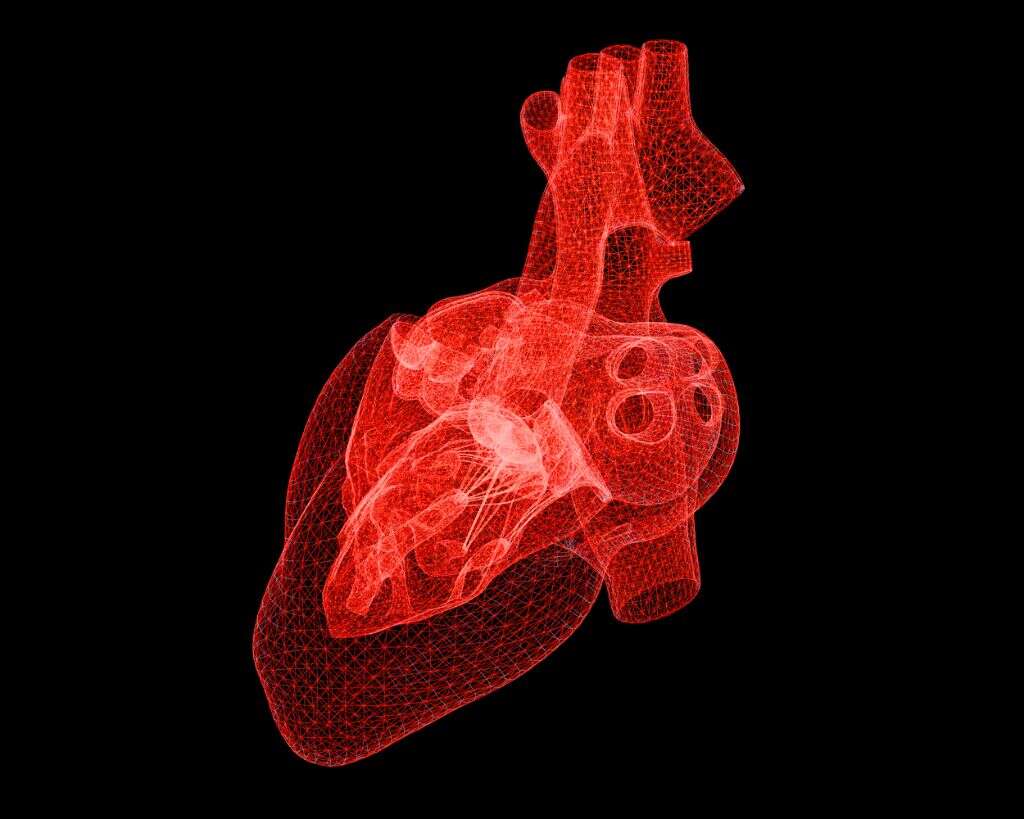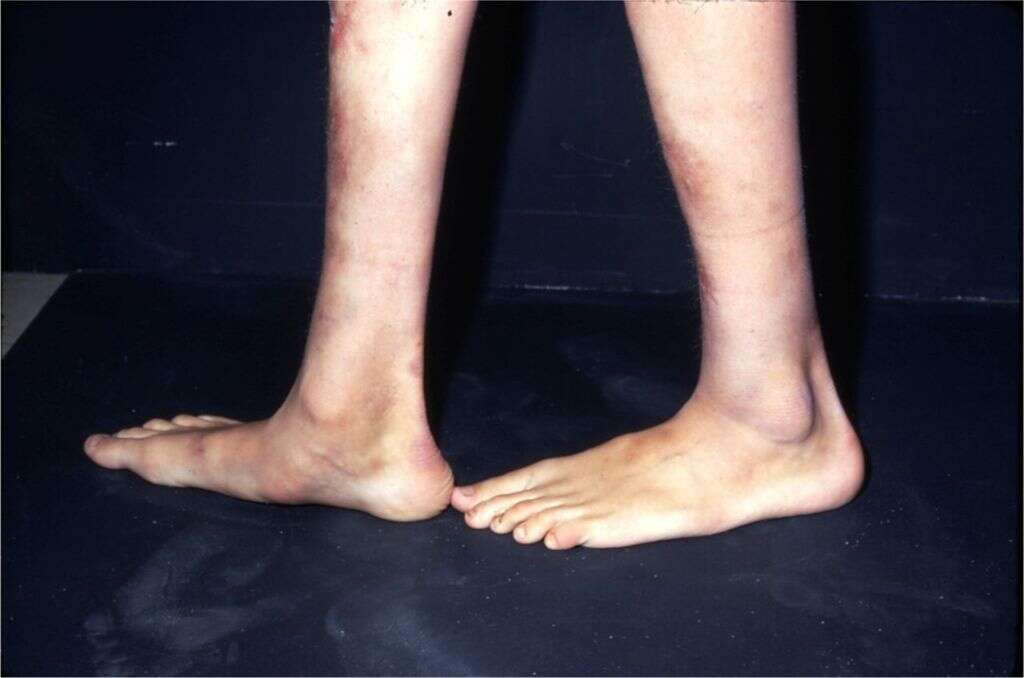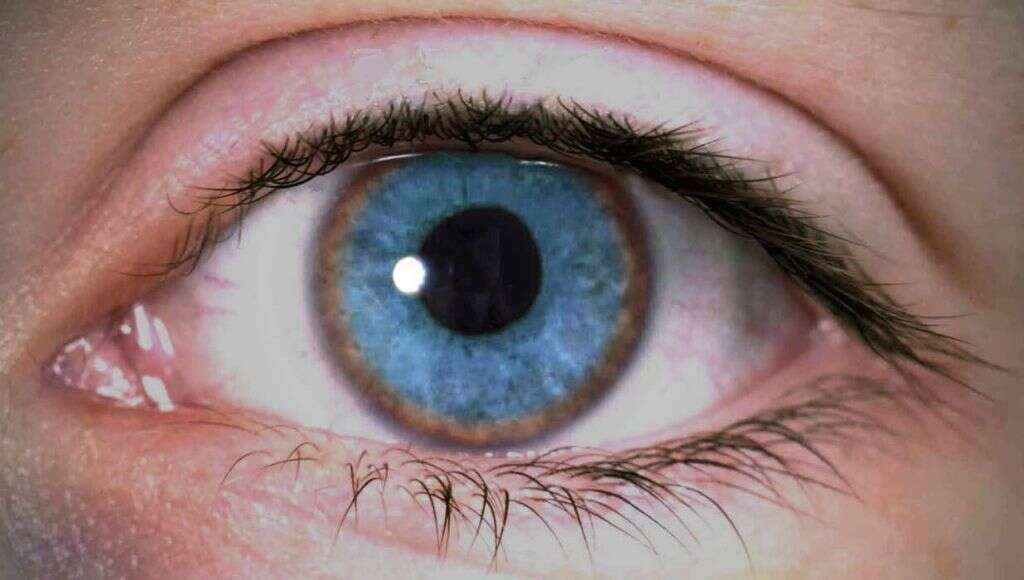What Is Marfan Syndrome?
Marfan syndrome takes its name from Antoine Marfan, a 19th-century pediatrician in France who first described the symptoms in 1896. Also known as MFS, Marfan syndrome is a genetic disorder that affects the connective tissue that holds the tissues and organs of the body together.
Found throughout the body, connective tissue provides elasticity and strength to muscles, ligaments, bones, and other bodily structures. MFS can affect many different body systems to varying degrees. Symptoms may develop in either childhood or adulthood and can range from mild to severe, with sometimes life-threatening complications. Treatment options have advanced to make the condition manageable for many patients.

1. Prevalence
Because Marfan syndrome results from a genetic abnormality, it occurs all around the world, affecting different races and ethnicities. Both men and women can experience MFS and do so in roughly equal proportions.
Marfan syndrome is considered rare, affecting an estimated one out of 5,000 people. It is caused by a dominant gene, so if one parent has MFS, each of their children has a 50% chance of having it too.

2. Causes
Seventy-five percent of people with Marfan syndrome inherited it from one of their parents. The other 25% of cases result from a spontaneous mutation of one of the parents’ sperm or egg cells. The affected gene controls the body’s production of fibrillin-1, a crucial protein involved in the makeup of connective tissue.
Due to the defect, the body produces an excess of a different protein, transforming growth factor beta. This causes the connective tissue to be abnormally weak, which can cause problems in multiple areas of the body. MFS usually affects the eyes, heart, blood vessels, and musculoskeletal systems. However, not everyone exhibits the same symptoms to the same degree.

3. Cardiovascular Signs and Symptoms
Cardiovascular symptoms of Marfan syndrome may not be the most obvious, but they can be the most serious. The valves of the heart control the flow of blood, making sure it travels in only one direction. MFS can cause weakness of the valves, which can affect their function by changing their shape. People with Marfan syndrome are susceptible to heart failure because the cardiac muscle has to work harder to compensate for valve dysfunction.
The disorder of the connective tissue can also affect the blood vessels. The aorta, the large artery that supplies blood from the heart to the rest of the body, is particularly at risk. MFS can cause it to become larger than normal. This puts the aorta at risk of aneurysm, a bulging of the vessel’s tissue that can eventually cause a rupture.

4. Musculoskeletal Signs and Symptoms
Musculoskeletal signs and symptoms of Marfan syndrome are perhaps the most noticeable to other people. People with MFS are often unusually tall with slender limbs that may be disproportionately long. Arachnodactyly is an effect of Marfan syndrome that can cause the fingers to be lengthy and thin and the feet to become large and flat.
MFS can arch the roof of the mouth, causing the teeth to become crooked or crowded. Malformation of the sternum, or breast bone, is common. It may protrude outward or sink inward. Scoliosis is sideways curvature of the spine that is also common with Marfan syndrome.

5. Ocular Signs and Symptoms
Marfan syndrome also often has a negative effect on the eyes, causing vision problems. Glaucoma and cataracts are eye conditions that usually affect the elderly, but people with MFS are more likely to develop them at an earlier age. Almost everyone with Marfan syndrome has some degree of near-sightedness.
Due to the disorder of the connective tissue, MFS can cause the supporting structures around the lens of the eye to weaken. These structures hold the lens in place, and if they become weak, the lens can dislocate, making it more difficult for the eye to focus. The retina is the light-sensitive tissue at the back of the eye, and Marfan syndrome can cause it to detach.

6. Other Symptoms
Marfan syndrome can also affect additional systems of the body. Patients may experience pain in the abdomen, back, head, or legs due to dural ectasia, or enlargement of the membranes surrounding the brain and spinal cord.
The condition can also affect the respiratory system in various ways. For example, it may cause a spontaneous pneumothorax. This occurs when air accumulates abnormally in the cavity of the chest. The increased pressure prevents the lung from inflating as normal, causing it to collapse.

7. Diagnosis
Marfan syndrome is not the only connective tissue disorder, and the symptoms of each are similar. Therefore, making a positive diagnosis of MFS can be tricky. It may start with a genetic test to check for defects, then require testing for additional features of Marfan syndrome.
For example, the patient may need an eye exam to screen for glaucoma and cataracts and to determine the accuracy of the patient’s vision. It is crucial to identify any cardiovascular symptoms, so the patient may have an electrocardiogram to assess heart rate and an echocardiogram to look for problems with the aorta.

8. Management
There is no cure for Marfan syndrome, but treatment options are available to manage the complications. For example, high blood pressure may cause or exacerbate an aortic aneurysm, so people with MFS may take beta blockers to keep this under control. Patients may need corrective lenses for vision problems or wear a back brace to straighten abnormal curvature of the spine.
Some complications of Marfan syndrome may require an operation to correct. Ophthalmic surgery may be necessary to repair a detached retina, or thoracic surgery may be required to repair an aortic aneurysm or a heart valve problem. Sometimes orthopedic surgery is necessary to correct scoliosis or breast bone malformation.

9. Coping and Support
In the past, there was little reliable information available about Marfan syndrome. Thanks to more research into the condition, doctors have more information about MFS that they can pass along to patients and family members. Many communities offer support groups where people with Marfan syndrome can come together and share their experiences.
MFS symptoms may first emerge during childhood or adolescence. This can be difficult to cope with on top of the self-consciousness that many young people already go through. Parents may be able to make symptoms less noticeable by buying clothes more flattering to the child’s body shape or replacing glasses with contacts.

10. Prognosis
Due largely to cardiovascular complications, it used to be common for people with Marfan syndrome to die prematurely. With treatment methods that make symptoms more manageable, it is more likely for people with MFS to live out a typical lifespan.
For the most part, people with Marfan syndrome can lead normal lives. However, they may need to refrain from contact sports or any strenuous physical activity that can put a strain on the cardiovascular system.












